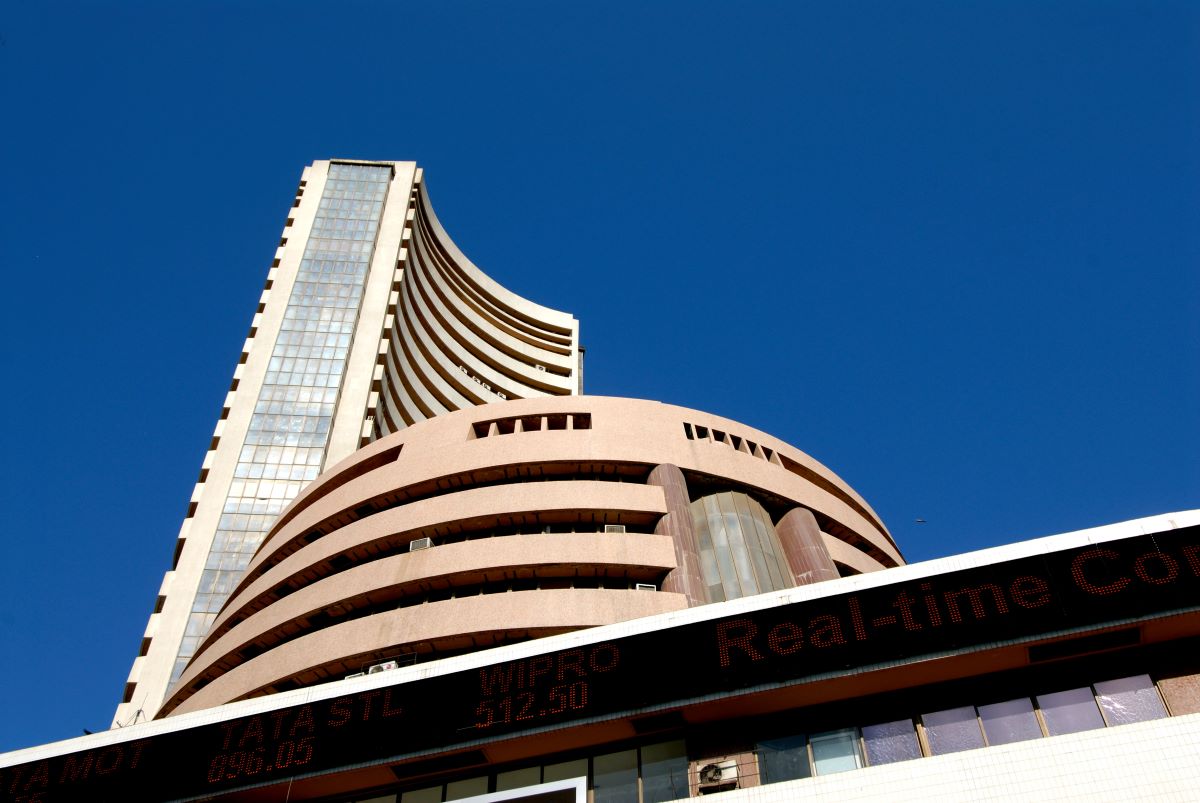Equity markets around the globe are in a consolidation mode fearing an economic slowdown and a potential recession in the US and Europe. However, some Asian markets are bucking the trend and are in the green despite macro headwinds, and such is the case with the India equity market.
Indian equities have been on a rollercoaster ride in 2022, rallying for most of 2021 and then falling deep into the red after Russia attacked Ukraine. Indices in India clawed back the majority of the gains in the next months but were then hit by the US Federal Reserve’s massive 75 bps rate hike, which has continued to weigh on investor sentiment.
The MSCI India Index, which tracks large- and mid-cap segments of the Indian market, registered a gain of 4.40% in October alone, whereas the MSCI Emerging Markets Index declined 1.39%. Specifically, the benchmark index Nifty 50 has risen past 18,200 points on November 7th close from a 52-week low of around 15,200 points in the second week of June. That amounts to a gain of around 20% in just four months.
India’s equity market looks like it’s on a bull run again and is likely to scale new peaks in the coming weeks. But what is driving investors towards Indian markets?
India equity is glittering like gold
Indian benchmark indices have seen a strong rally, shrugging off concerns of a recession in the west, Covid-19 concerns and interest rate hikes. As of August 2022, India’s weightage in the MSCI emerging market (EM) index was 14.48%, second only behind China which has a weightage of over 32%. The MSCI EM index is tracked by global fund managers for fund allocation, and India’s weightage on the MSCI index is directly proportional to the number of funds foreigners invest in Indian markets.
Any passive EM equity funds tracking the MSCI EM Index need to match the country weightage, while active funds which maintain an overweight position need to allocate more funds to India to match their investment strategy.
Back in July, Foreign Institutional Investors (FII) turned buyers in the India equity market after nine months of selling. Data from India’s National Securities Depository Ltd (NDSL) showed that foreigners bought shares worth Rs 51,000 crore (~$6.25 bn) in the month of August alone. Financials, healthcare, and consumer services were the top sectors which saw FII buying.
Anticipating slower hikes from the US Federal Reserve, FIIs bought $1 bn in Indian equities in the last week of October, as per data from NDSL.
Analysts at Bank of America Securities (BofA) in a note said that India’s economy and corporate earnings growth are likely to outpace other large emerging markets. “We … remain optimistic on domestic cyclical sectors such as Financials/Industrials/select Autos. We believe domestic plays would also benefit from a confluence of six structural themes and reforms momentum,” said BofA analysts in the note. The themes that BofA talks about are — infrastructure spending, de-carbonization, focus on exports, no to monopolies, improving tax compliance and digitization and financial inclusion.
“On a top-down assessment, among the major economies, India is the only one expected to grow at 6% in CY23 and has one of the lowest negative real rates (policy rate – inflation rate) of minus 120 bps versus more than minus 500 bps in key developed markets. This is coupled with the mid-cycle spoils of rising tax collection, rising credit growth and improving capacity utilization,” writes Azeem Ahmad, Head & Principal Officer at LICMF Portfolio Management Services, for a domestic publication.
What is the outlook for India?
India’s strong fundamentals are key to investor interest, and the IMF expects India to grow 6.8% in 2022.
“India will likely post a 6.8%–7.1% growth during FY22–23, provided global uncertainties and inflation doesn’t weigh on domestic demand and investment sentiment in the near term,” says Deloitte.
The S&P Global India Manufacturing PMI increased to 55.3 in October 2022 from 55.1 in September, despite market experts expecting a slowdown.
“With most pandemic-related restrictions withdrawn, consumption and fixed investment have been the key drivers of growth. Auto sales have surged, airline seat occupancy has jumped, and good monsoon rains have helped the agriculture sector. India’s jobless rate dropped to a four-year low in September,” says Vaibhav Tandon, Vice President, and Economist at Northern Trust.
“Going ahead, we reiterate our constructive stance and expect the Nifty to challenge the all-time high of 18600 in the coming couple of weeks,” said India-based retail broker ICICIdirect.
All in all, global funds seem keen on increasing their India exposure, with Investcorp announcing that it expects to reach $5 bn of assets in India in the next five years, up from over $600 m currently.










 Australia
Australia China
China India
India Indonesia
Indonesia Japan
Japan Malaysia
Malaysia Philippines
Philippines Singapore
Singapore South Korea
South Korea Taiwan
Taiwan Thailand
Thailand Vietnam
Vietnam
 Germany
Germany Hong Kong
Hong Kong USA
USA Switzerland
Switzerland Singapore
Singapore United Kingdom
United Kingdom








